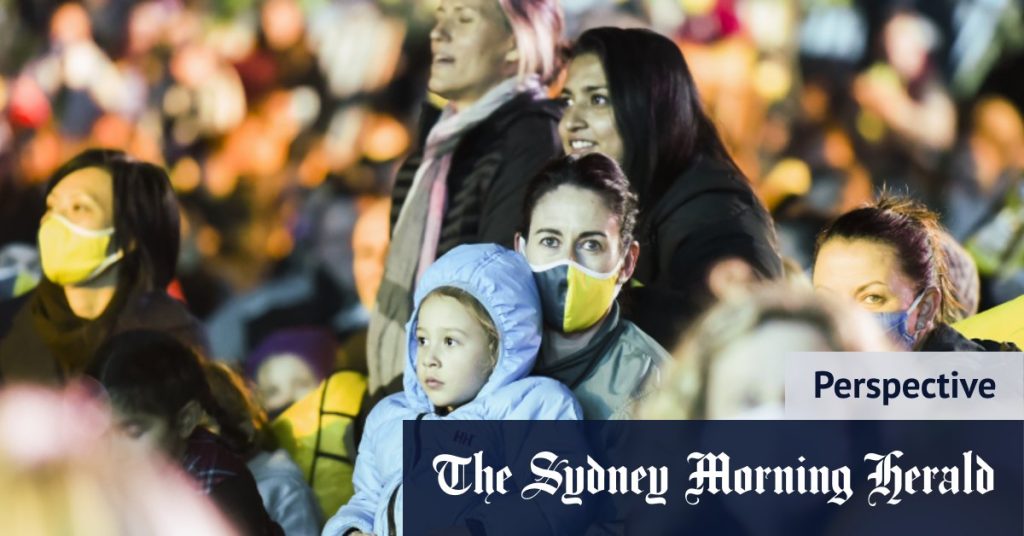The city of Los Angeles is gearing up for the 2028 Olympic Games by focusing on improving transportation infrastructure. The East San Fernando Valley Light Rail Transit Project, the D Line Subway Extension, and the LAX Automated People Mover are some of the major projects aimed at enhancing transport across the city. While initially aiming to complete 28 projects before the Games, financial constraints saw many projects dropped. However, nearly $900 million in federal funding has been secured to support transportation and infrastructure projects in preparation for the event.
One of the main challenges facing the city now is ensuring adequate transportation for the millions of spectators expected to attend the Games. Despite the necessity of 2700 buses for transport, there remains a lack of long-term investment in this area. However, officials and organizers are optimistic about leaving a transit-based legacy for Los Angeles post-2028. The goal is for the city to be known as a transit city of the future, making it easy for visitors to access various venues and attractions without relying on cars.
Los Angeles has a wealth of world-class venues, including Crypto.com Arena, Dodger Stadium, SoFi Stadium, and the Los Angeles Memorial Coliseum, among others. With experience hosting major events like the Olympics, Super Bowls, and championship games, the city is well-equipped to handle the logistical challenges of the 2028 Games. By prioritizing transportation connectivity, LA aims to provide a seamless experience for visitors, connecting different communities and venues through a comprehensive transit system.
Despite its reputation for traffic congestion and poor connectivity, Los Angeles is determined to overcome these challenges and improve public transportation options. By creating a transit legacy that emphasizes accessibility and convenience, the city hopes to change perceptions and offer a more sustainable mode of transport for residents and visitors alike. The goal is for people attending the Games to be able to travel between venues without needing to rely on cars, showcasing the city’s commitment to reducing traffic congestion and promoting public transit.
In comparison, Brisbane is also facing transport challenges for its upcoming Olympics, particularly around the logistics of moving spectators to and from events. While some have expressed concerns about the feasibility and cost of transportation for major events like track and field, LA’s experience shows that even established hosts rely on buses to facilitate movement during the Games. Despite uncertainties surrounding infrastructure projects tied to Brisbane’s bid, utilizing existing venues and prioritizing transport connectivity will be crucial for ensuring a successful and sustainable legacy for the city.
Olympic planning is a complex and multifaceted endeavor, with various stakeholders and interests at play. While some may question the decisions made around venue selection and infrastructure projects, the focus on leveraging existing resources and improving transportation connectivity is key to creating a lasting impact. Both Los Angeles and Brisbane are navigating the challenges of hosting the Olympics, aiming to leave a positive legacy that enhances the city’s infrastructure and transportation systems for years to come.


